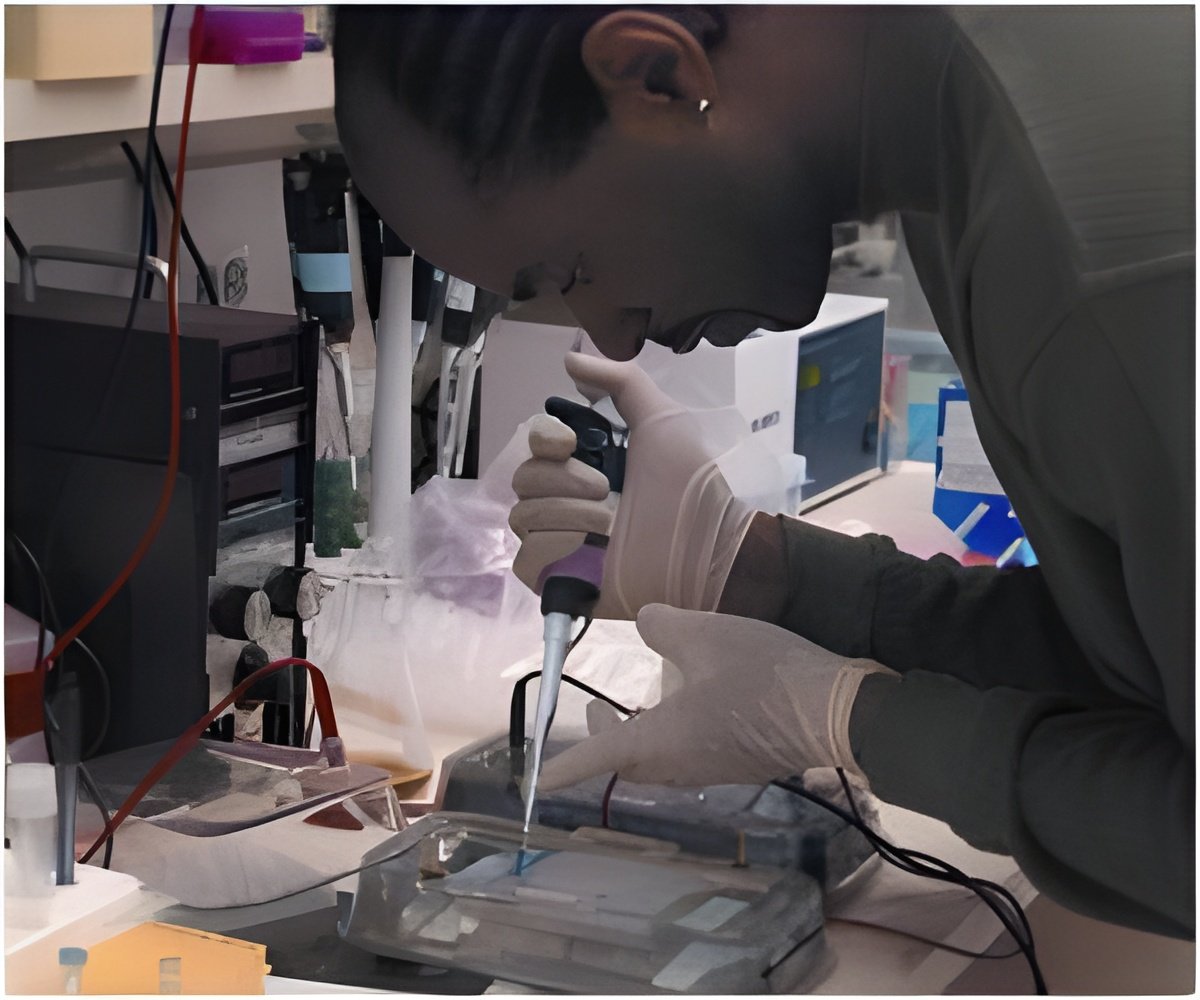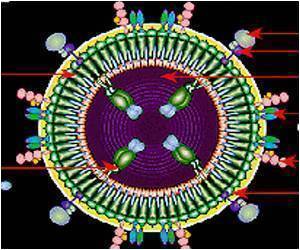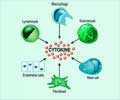Researchers at National Jewish Health have found that mammals, amphibians and cartilaginous fish share a central element of the immune system since more than 400 million years of evolution.

The function of the chimeric receptors depends on a few crucial amino acids, also found in humans that help the T-cell receptor bind to MHC molecules presenting antigens.
The T cell serves as the sentinel, manager and enforcer of the adaptive immune response.
It relies on its receptor, the T-cell receptor, to recognize foreign material and identify the target of the immune-system attack.
When the receptor binds to small fragments of foreign organisms, called antigens, the T cell becomes activated, proliferates and initiates an attack against any molecule or organism containing that antigen.
"These findings prove a hypothesis first proposed 40 years ago," said senior author Laurent Gapin, PhD, associate professor of immunology in the Integrated Department of Immunology at National Jewish Health and the University of Colorado Denver.
Advertisement
The findings were published in the online version of the journal Immunity, September 29, 2011.
Advertisement











